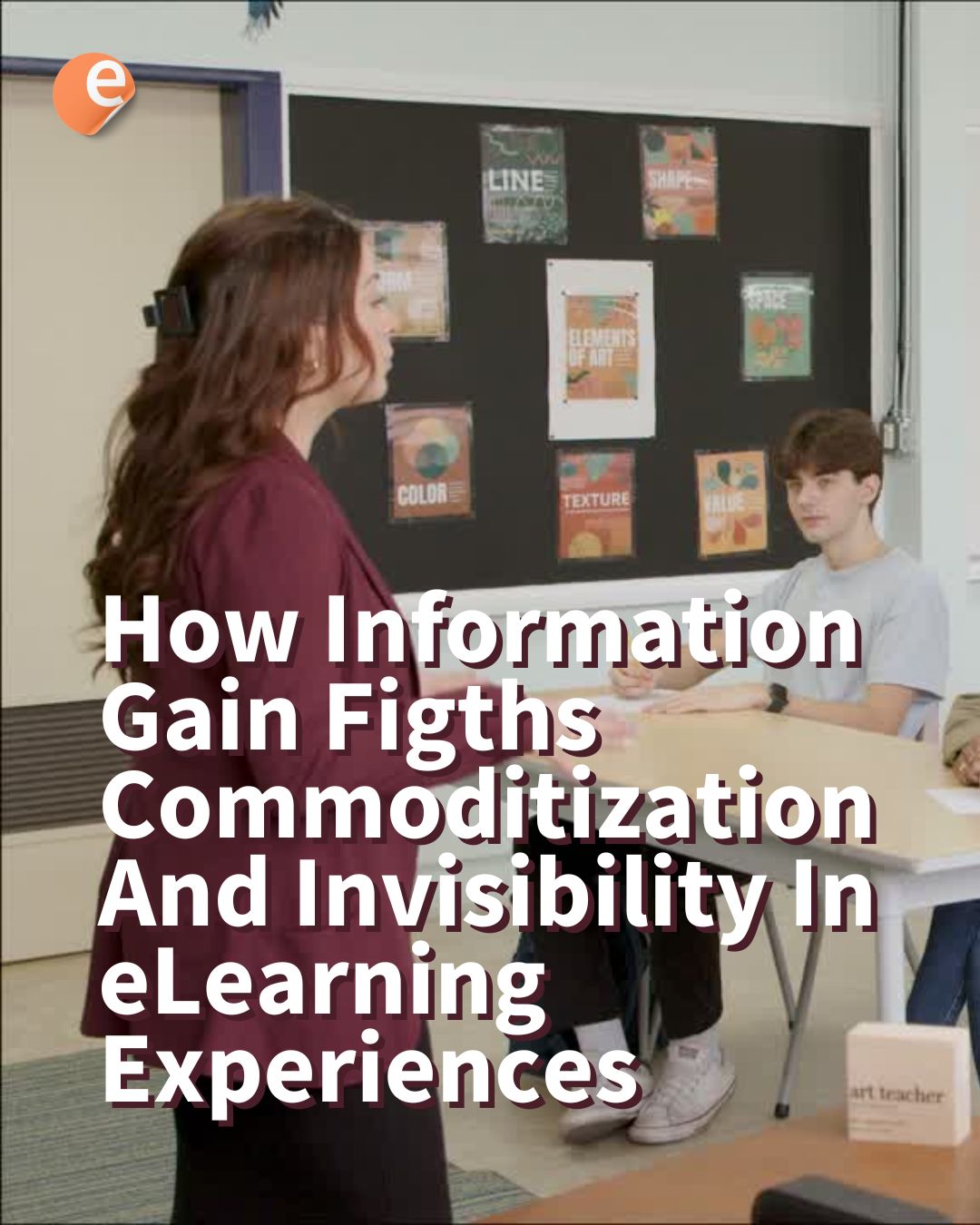What will the world of education look like in, say, five years? With digital transformation, artificial intelligence, and new learning technologies reshaping how we work, learn, and interact, it’s hard to predict the future.
But staying ahead of the curve requires continuous innovation and a forward-thinking mindset. Learners demand more from their educational experiences than ever before; they want dynamic courses accessible anywhere.
The best eLearning strategies in 2022 should be collaborative, mobile-first experiences that can adapt to learners’ individual needs.
Let’s take a look at some of the top eLearning trends influencing the education sector in 2022.
eLearn Success Series: Get Your Free Ticket Now
№ 1. Learning by Immersive Experience
As users’ expectations around immersive, engaging experiences increase, the purpose of eLearning will morph from a “lesson” to an experience tailored to each individual’s specific needs. Ingesting information is the easiest part of the learning process; what’s far more difficult is applying that knowledge and integrating it into one’s core skill set.
This is the biggest challenge facing educators who are designing immersive experiences. Meeting learners where they are and helping them master new skills by guiding them through an interactive experience will be critical to their success. To create immersive eLearning experiences, educators must start with the “user journey”—the path students take from start to finish. This means creating a more personalized experience that takes into account individual skill levels.
№ 2. AI-Driven Personalized Learning
Artificial intelligence isn’t just about enabling us to automate processes; it’s an opportunity to greatly enhance our decision-making. AI can help us to make better decisions about how we design our eLearning experiences.
To create truly personalized experiences, eLearning designers will need to use AI to identify which learning styles are most appropriate for each individual. AI-driven personalized learning allows eLearning designers to consider a range of factors that traditional methods overlook, such as learning intensity and emotional intelligence. When learners are given the support they need, they’re more likely to succeed in the short and long term.
№ 3. Augmented Reality
Augmented reality (AR) is already changing how we explore our natural environment—imagine what it can do for eLearning! AR can be used to transform the visual experience of eLearning, making it more immersive and engaging.
This can be used to enhance how we deliver content, increase interactivity, and add value to the learning process—for example, by adding visuals relevant to the learner’s surroundings. AR can also be used to enhance the way learners collaborate, building visual representations of knowledge and skills to be used on projects and collaborative tasks.
№ 4. Virtual Reality in eLearning
Virtual reality (VR) has long been touted as the next big thing in immersive learning for a while now. So far, VR has failed to deliver on its promise, mainly due to the complexity of creating high-quality simulations.
VR experiences that allow you to walk through a 3D virtual environment with realistic visuals and audio—including simulated tactile sensations like temperature (hot/cold) are far more advanced than what most people have access to. In 2022, VR will be more accessible to eLearning designers—with the emergence of simpler, more cost-effective solutions. Incorporating VR into eLearning can bring a new level of immersion to the experience, helping to break down communication barriers and increasing motivation.
№ 5. Co-Learning and Collaborative Learning
The best eLearning experiences will be those that allow for different types of learning. Co-learning, for example, is an approach to learning that enables groups to work together to identify, understand, and solve problems.
Co-learning can be particularly beneficial to those in knowledge-based industries, such as healthcare, where new skills and knowledge are rapidly evolving. One of the biggest challenges still facing the education sector in 2022 is the lack of diversity among educators.
Many are middle-aged, and middle-class. This might result in a “one-size-fits-all” approach to learning, where individuals are taught in a way that might not be suited to their needs.
№ 6. Blended Learning
Blended learning is a combination of two or more different learning approaches, such as traditional eLearning and face-to-face courses. It’s been around for decades, but it’s only recently that technologies have advanced enough to make it truly viable.
Blended learning can combine the best of both worlds by offering a truly personalized experience. It can enable educators to use data insights to recommend activities tailored to each learner’s specific needs.
Blended learning has the potential to make education more accessible to those who are unable to commit to a full-time course. Blended learning can also reduce the burden on students and educators by enabling coursework to be delivered in smaller chunks while still providing a rich, immersive experience.
№ 7. Micro-Learning
With the rise of the “on-demand economy,” learners are demanding bite-sized chunks of information they can consume on their own time. Micro-learning—the act of creating short, bite-sized chunks of content—is a great way to meet these needs.
Micro-learning can be particularly helpful for professionals in technical fields, such as IT and engineering, which require specific knowledge and skills to do their jobs but don’t have the time to commit to a long-term course. Micro-learning can be delivered as short videos, articles, quizzes, and other interactive content, making it easy to consume and apply new information.
№ 8. Adaptive Learning
One of the most exciting future eLearning trends is adaptive learning. This approach to learning uses data insights to determine what each learner already knows and what they need to learn next.
Blended learning and micro-learning, while beneficial, have the potential to be overwhelming for beginners. Adaptive learning offers a solution, helping learners to get to grips with new concepts by “scaffolding” their learning—i.e., providing them with simple yet thorough information. Adaptive learning can be applied to a wide range of learning styles, making it an ideal solution for students and educators.
To sum up
In 2022, the best eLearning experiences will be those that encourage learners to explore, experiment, and collaborate. For eLearning to remain relevant and effective, it must be more than just digital content. It must be a dynamic, immersive experience that helps individuals master new skills and apply them in real life.
About the author
Dennis Lodge is a blogger and freelancer academic writer at EssayWritingLand and Superiorpapers. He creates unique and research-based material on various topics, including business, professions, and education.









